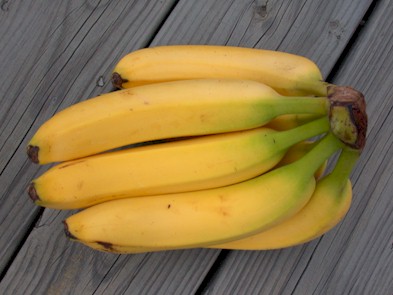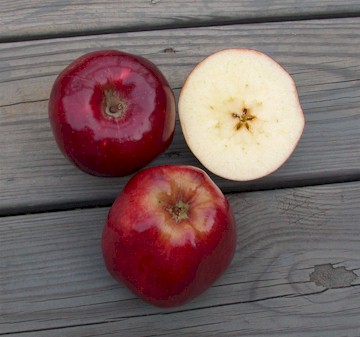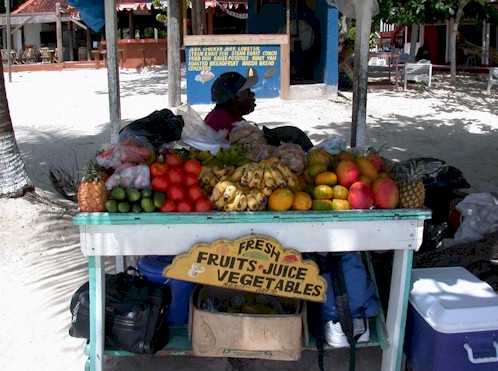A. Introduction
botanical terminology vs. everyday speech
Nuts are fruits
B. Classification of fruits
-Basis for system:
a. number of carpels (ovaries)?
ovaries are derived from folded leaf (carpel)
ovary may contain more than one ovule
b. position of (carpel) ovary?
c. mature ovary: fleshy or dry?
ovary wall (and other floral parts) matures to produce a fruit wall or pericarp consisting of layers (exocarp, mesocarp, endocarp)
corn dry pericarp
Why fleshy fruits?
d. Type of fruit?
simple fruit- from one flower (e.g., peach, apple)
aggregate fruit- from multiple ovaries (e.g., black berry)
multiple fruit- from multiple flowers (e.g., pineapple)
C. Fruit Identification
1. simple
How many flowers? How many ovaries?
-single ovary (simple or compound)
-DRY PERICARP (seed dispersal?)
-dehiscent (e.g. beans, peas, milkweed)
-indehiscent (e.g. sunflower, corn)
-FLESHY PERICARP (seed dispersal?)
- berry (tomato)
- drupe (peach, plum)
- hesperidium (citrus)
- pepo inferior ovary (melon, squash, pumpkin)
- pome floral receptacle (apple, pear, quince)
2. aggregate
How many flowers? How many ovaries?
3. multiple
How many flowers?

II. Fruits and Nuts from Cold Regions
A. Rosaceae (Rose Family)
1. pome group
Malus
2. plum group
Prunus
hydrocyanic acid (amygdalin)
-plums (prunes)
-cherries (sweet, sour)
-peaches (free stone, clings) Feicheng peach
-nectarine (peach mutant)
-apricot (pregnancy test?)
3. Aggregate fruits, false berry group
Fragaria (swollen receptacle)
Type of fruit?
Rubus (swollen ovaries)
Type of fruit?
-boysenberry (blackberry X raspberry)
B. Ericaceae (Heath Family)
C. Grapes (Vitaceae)
-raisin
D. Olives
E. Kiwi Fruit (Actinidia deliciosa)
F. Temperate Nuts

III. Fruits and Nuts from Warm Regions
A. Citrus Fruits
-herperidium oil glands distribution
-lime
B. Squashes (Cucurbitaceae) (New World)
summer
winter
C. Melons (Old World Cucurbitaceae)
D. Tomatoes, Peppers, Eggplants
E. Coconuts
F. Pineapples
G. Bananas
H. Okra
I. Exotic Fruits
J. Warm Region Nuts
